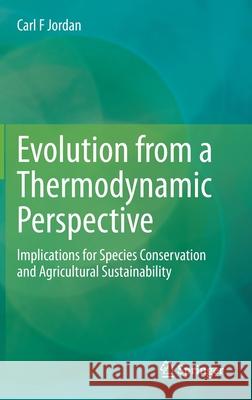Evolution from a Thermodynamic Perspective: Implications for Species Conservation and Agricultural Sustainability » książka
topmenu
Evolution from a Thermodynamic Perspective: Implications for Species Conservation and Agricultural Sustainability
ISBN-13: 9783030851859 / Angielski / Twarda / 2021 / 412 str.
Evolution from a Thermodynamic Perspective: Implications for Species Conservation and Agricultural Sustainability
ISBN-13: 9783030851859 / Angielski / Twarda / 2021 / 412 str.
cena 639,53 zł
(netto: 609,08 VAT: 5%)
Najniższa cena z 30 dni: 616,85 zł
(netto: 609,08 VAT: 5%)
Najniższa cena z 30 dni: 616,85 zł
Termin realizacji zamówienia:
ok. 16-18 dni roboczych.
ok. 16-18 dni roboczych.
Darmowa dostawa!
Kategorie:
Kategorie BISAC:
Wydawca:
Springer
Język:
Angielski
ISBN-13:
9783030851859
Rok wydania:
2021
Wydanie:
2021
Ilość stron:
412
Waga:
0.75 kg
Wymiary:
23.39 x 15.6 x 2.39
Oprawa:
Twarda
Wolumenów:
01











